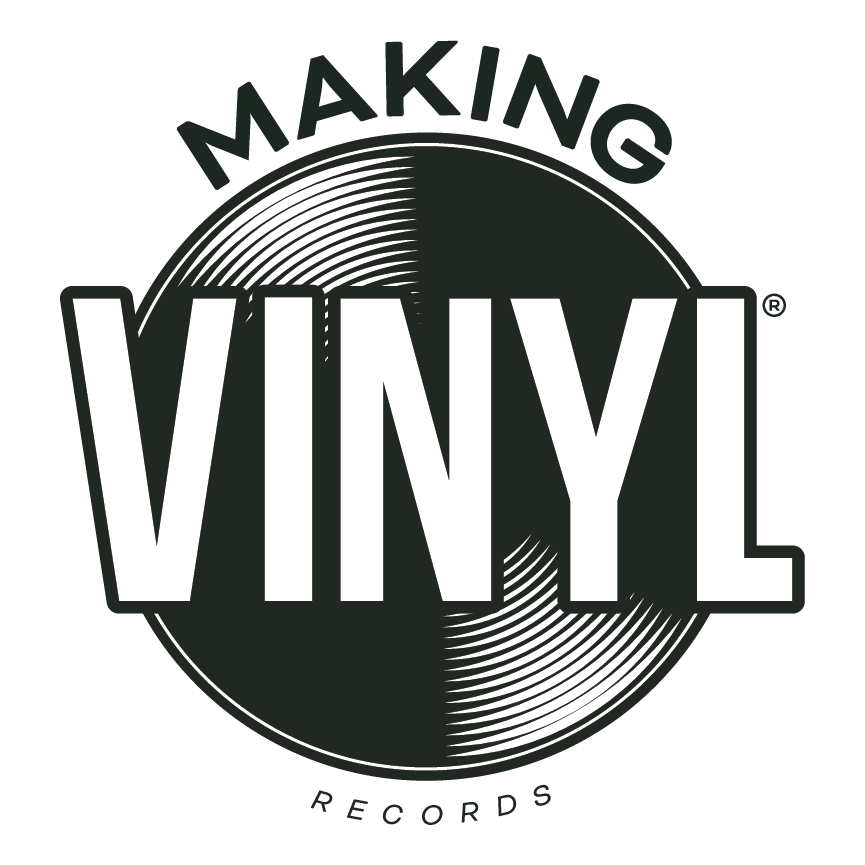Making Vinyl 2024 was the first I attended since 2019 in Los Angeles. The 2010s had brought a wave of new presses and plants to meet climbing demand, and the new organization’s annual gatherings were heady affairs for a revitalized industry. (LA was the third, after two in Detroit.) Last week when I checked into the Hutton Hotel in Nashville’s West End—and had a complimentary record player and Fender guitar delivered to my room—I knew the past five years had been tumultuous ones for record makers. I’m a professor of media and technology studies writing a book about vinyl’s revived economy, and I’d followed the industry through the pandemic years. But it wasn’t until the opening panel about “the state of the pressing industry,” that I realized just how topsy-turvy the ride had been. The demand double-whammy of everyone buying more records while quarantining, or starting to, alongside mega-retailers beginning to stock vinyl again, triggered a(nother) spike in production capacity. More than a dozen new plants opened and established plants raced to add presses, sometimes scores of them. Memphis Record Pressing, with investment from GZ, expanded from a dozen presses to sixty. “We bit off a lot,” acknowledged CEO Brandon Seavers during the opening panel, reporting that “business is steady, but it’s nothing like we expected.” Ton Vermeulen of Record Industry in the Netherlands concluded that “we were all fooled by Covid” and the swell of new demand, and he wryly suggested that now, “we need to clone Taylor Swift” and her millions of young fans ravenous for every special release. The mood in the packed ballroom was tense, and the panel’s still-bad-but-a-little-better consensus was captured by Ali Miller, CEO of Furnace Record Pressing in Virginia, who reported that this past year had been “a little less tough” than anticipated, in light of the previous one.
I found three shades of green animating Making Vinyl 2024. The first, naturally, is the color of money. Several speakers throughout the conference presented data illustrating how many records are being sold ($1.734B worth between 2020-2023, according to Billy Fields of Warner), and how many more will be this year than last (7%, according to James Duvall of Futuresource). “The numbers” were a recurring topic, as at Making Vinyls past, and after Luminategate, the need for accurate numbers was emphasized and reiterated. A new figure also started to come into focus this year, namely the number of records being pressed, in distinction from the number being sold. One of the final speakers was Dustin Blocker, of Hand Drawn Pressing and President of the Vinyl Record Manufacturing Association, who presented the first findings from the VRMA’s Global Pressing Numbers Project. He shared that between 2014, when Hand Drawn began building out, and 2017, when they started pressing, they encountered a “black hole” of information about plants and the number of records being pressed. The VRMA emerged out of Making Vinyl 2019, from discussions about supply chain problems. (Little did they know…) On the other side of the pandemic now, thankfully, those problems are largely resolved: “We’re through it,” declared Connie Comeau, COO of The ADS Group, during the opening panel, referring to the supply chain nightmare of the pandemic years. The following afternoon, Blocker urged attendees to complete the VRMA’s survey for pressing plants about their production, and the Vinyl Alliance’s for suppliers and labels as well as plants, and to circulate them both among fellow record makers, in order to help generate numbers about pressing records that are as plentiful and detailed and accurate as those available about selling them.
Making Vinyl 2024’s second shade of green is just one of the colors being pressed into an ever-expanding array of limited-edition variants. A highlight of the conference was Vinyl Lab’s “splatter demo tours” at their plant during an opening reception and performance in their adjacent event space. More record plants may finish this year with their books in the black rather than in the red, but fewer of the records they’ll press will be black. Vinyl’s (or should I say vinyls’) consumer demographics continue to skew younger, and new initiates and enthusiasts, with their appetite for colored vinyl and limited editions, are welcome and indeed needed for the industry to thrive. This year it was noted more than once that another youth movement is needed, not just at the end of the supply chain, but all along it. During the opening panel, Brandon Seavers of Memphis Record Pressing put it gently when he observes that “the representation in this room isn’t the youngest.” It is also worth noting, speaking of representation, that four women running plants were presenters or panelists, as well as several other women in prominent positions, but I didn’t encounter more than four non-white attendees. A panel about small plants featured William Shin, whose Vinyl Pressing FRYK in South Korea began pressing this month, and two attendees had come from the UAE to explore the possibility of opening the first plant in the Middle East. For now, though, while more and more colored vinyl will continue to be pressed, the vinyl industry remains overwhelmingly white.
The third shade of green coloring vinyl’s future is, to my mind, the brightest. Showcasing the extent to which sustainability has become a vital aspect of vinyl manufacturing, three separate presentations and a panel addressed green initiatives and innovations. Perhaps most exciting were Kevin Da Costa’s introduction of Evolution Music’s first-ever record pressed from plants (sugar beets!) and Onno-Pieter Sonnega’s presentation about Bio-Vinyl, which boasts a carbon footprint reduced 90% from PVC and that is now available to ship from Plastchem’s new Nashville warehouse, their first in the Western Hemisphere. Madeleine Smith, head of ESG for Warner, spoke of artists’ increasing insistence on green products and labels’ need to ensure that sustainability claims are legitimate and verified. Dominic DeCaria of the Vinyl Institute promoted funds available for anyone with projects that can help “end plastic pollution,” and in my favorite presentation of the conference, Ryan Weitzel of A to Z Media introduced the Carbon Footprint Report, an independently-verified project of the VRMA and the Vinyl Alliance. The most encouraging aspect of the report is its expansiveness. For instance, PVC contributes less to a record’s carbon footprint than the air freight of sending it to plants (and then to distributors and then to stores and then customers…). Reducing unnecessary air freight is especially urgent in light of reporting from Duvall of Futuresource, who’s partnering with the VRMA on their pressing data project, that nearly 40% of records are being pressed in North American and nearly 60% in Europe, yet fully half of them are then being shipped internationally (at least once) before they ever find their way onto a turntable.
Fittingly, Making Vinyl 2024’s keynote speaker was Kevin Lewandowski, founder and CEO of Discogs. If the billions of used records already out there are considered alongside all the new ones being pressed, then no company has been more central than Discogs to vinyl’s 21st century economy. Not only does Discogs broker the sale of over a million records a month, but their trove of user-generated data can be mined by record makers as well as sellers. Discogs’ data collection also provides a model of sorts for the projects being led by the VRMA and the Vinyl Alliance. More data and more accurate data, like that coming from the Carbon Footprint Report and the Global Pressing Numbers Project, will help the vinyl makers who attended Making Vinyl 2024 to make more green, not just by making more green records, but by being more green as they do.
Michael William Palm [email protected]


